Researchers from Yale University used an autonomous social robot to improve the attention skills of autistic children with encouraging results.
Image: Bigstock
Researchers at Yale University propose using robots to improve the social skills of autistic children through simple and powerful interactions.
Autistic spectrum disorder (ASD) encompasses deficiencies in social communication linked to restrictive and repetitive patterns of behavior. Although this condition is associated with childhood, it accompanies people throughout their lives.
To lessen the impact of the deficits caused by ASD, there are learning programs that prove to be effective. However, many of these interventions turn out to be exhausting for children, families, and specialists. In this regard, the therapy with the aid of autonomous social robots seems to be more relaxed and effective.
The robotic alternative
The study involved interaction of 30 minutes a day between the child, a caregiver and an autonomous social robot for a month, in emotional storytelling activities, and perspective and sequencing exercises.
Through interactive games, the robot modeled the child’s eye contact and attention throughout the sessions. In each meeting, the robot told a story with the objective of involving the participants. Next, he showed the interactive games, and finally, the caregivers evaluated the social skills of the child through a survey.
Image: Yale university
The relationship between the robot and the child led to positive outcomes. In general, the twelve children improved attention skills with adults when they were not in the presence of the robot.
The robot used in the study, created by Jibo Inc., expressed behaviors through body movements, colored lights, and animated eyes; it interacted verbally with the child and the caregiver through internal speakers and presented the educational content on a touchscreen. A couple of cameras tracked the focus of both the child and the caregiver.
Robots to boost education
Nao robot
Robotics, in combination with artificial intelligence applications, can be a tool that strengthens educational content. In this sense, researchers from the University of Wisconsin experimented with a robot as a learning partner for children to increase reading activity at home. The children who read with the robotic assistant reported better reading comprehension and developed social connection skills.
In Mexico, researchers from the Tecnológico de Monterrey used an NAO robot as a tool to support therapies for children suffering from neurodevelopmental language disorders. The children evaluated followed the instructions of the robot with higher order and with fewer distractions compared to the sessions with instructors.
These investigations show encouraging results. Emerging technologies have the potential to improve learning processes and create specific and adaptive experiences for each student. Developing more research in this field of study is imperative.
This article from Observatory of the Institute for the Future of Education may be shared under the terms of the license CC BY-NC-SA 4.0 
)
)
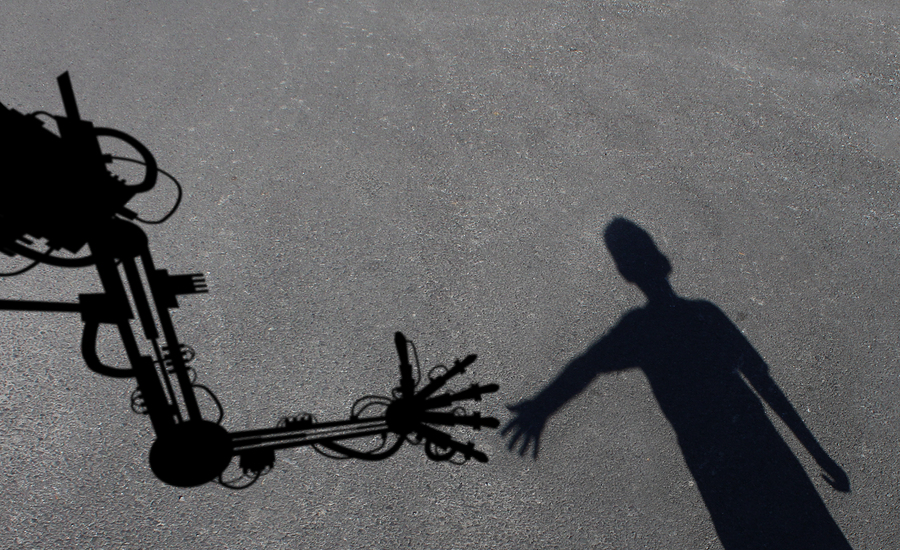
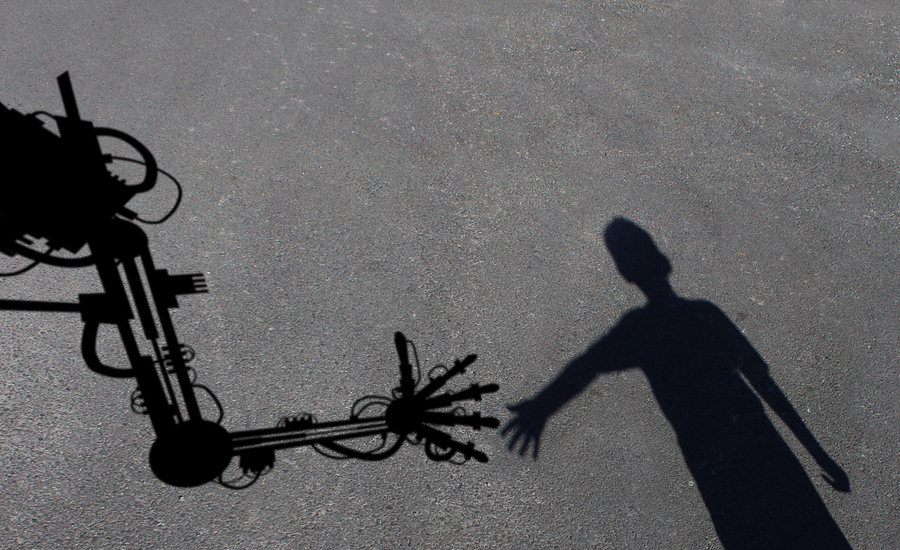

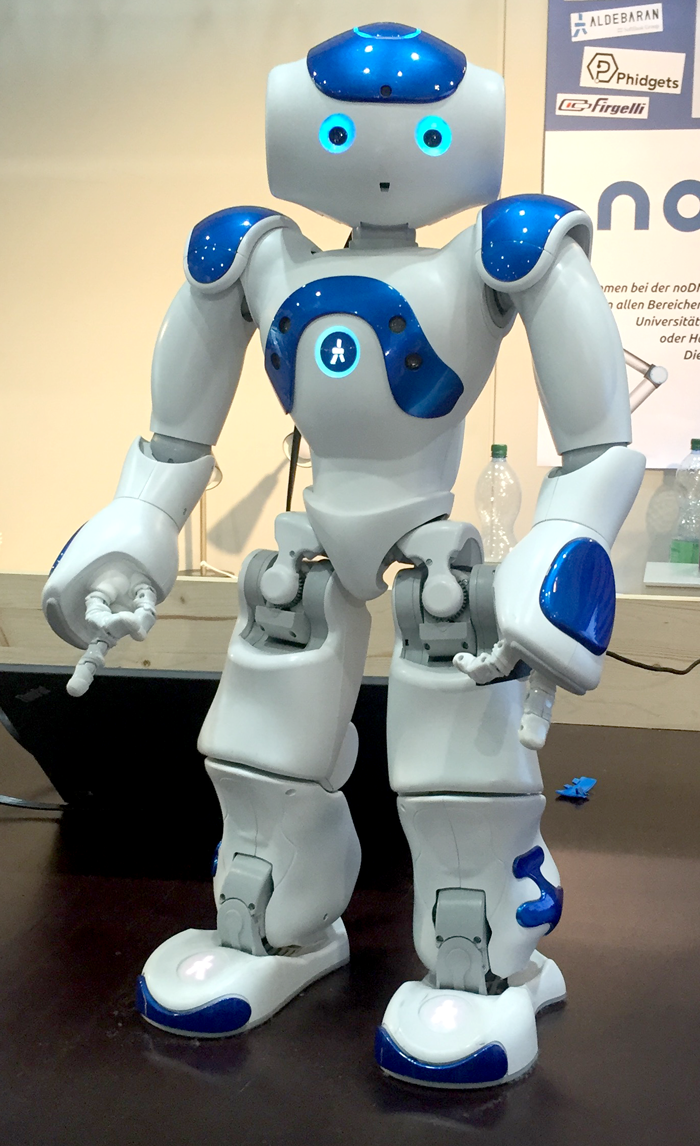
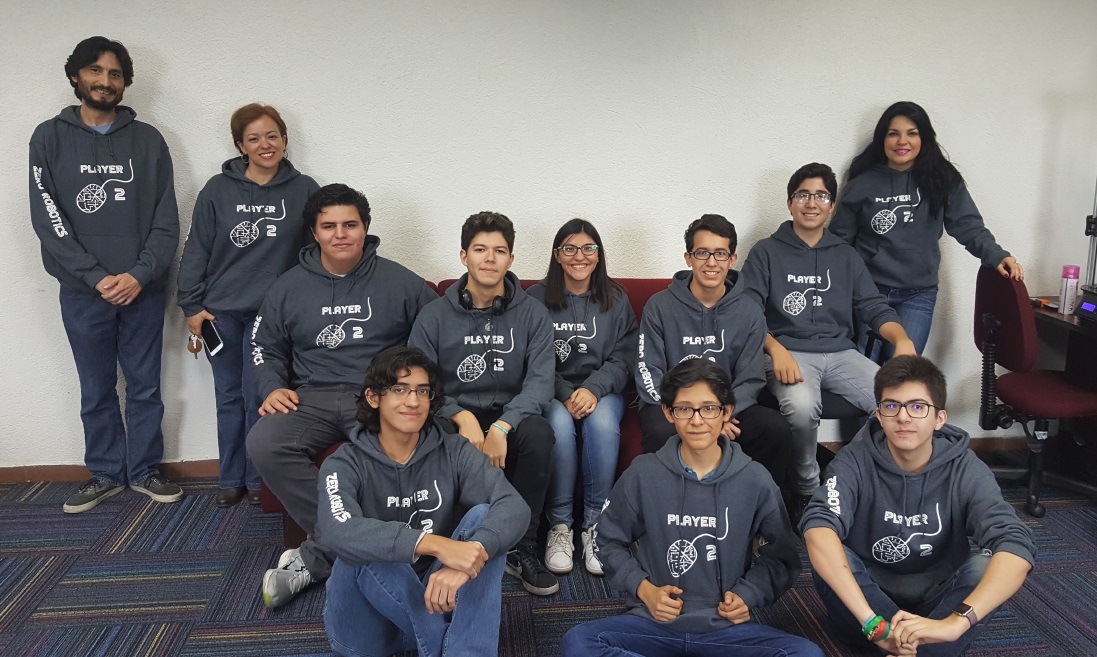
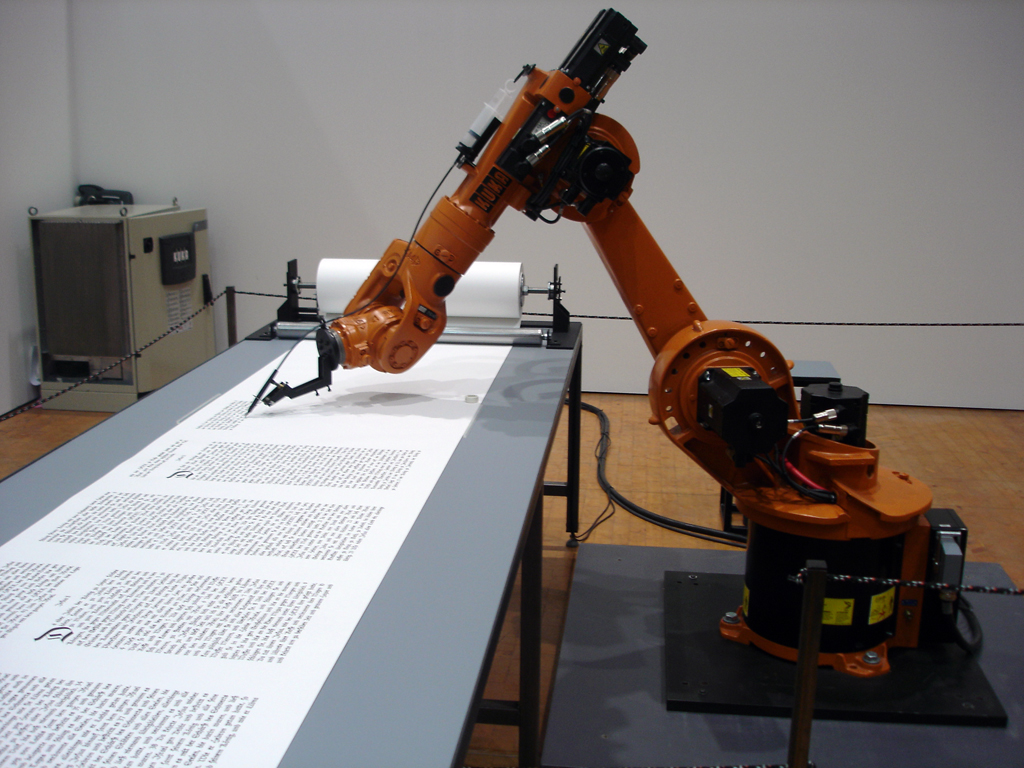

)
Christian Guijosa
Christian Guijosa
Christian Guijosa